What’s the Big Deal About Pelosi, Or Any Other US Politician, Going to Taiwan? An Explainer
00:23 GMT 30.07.2022 (Updated: 12:44 GMT 19.06.2023)
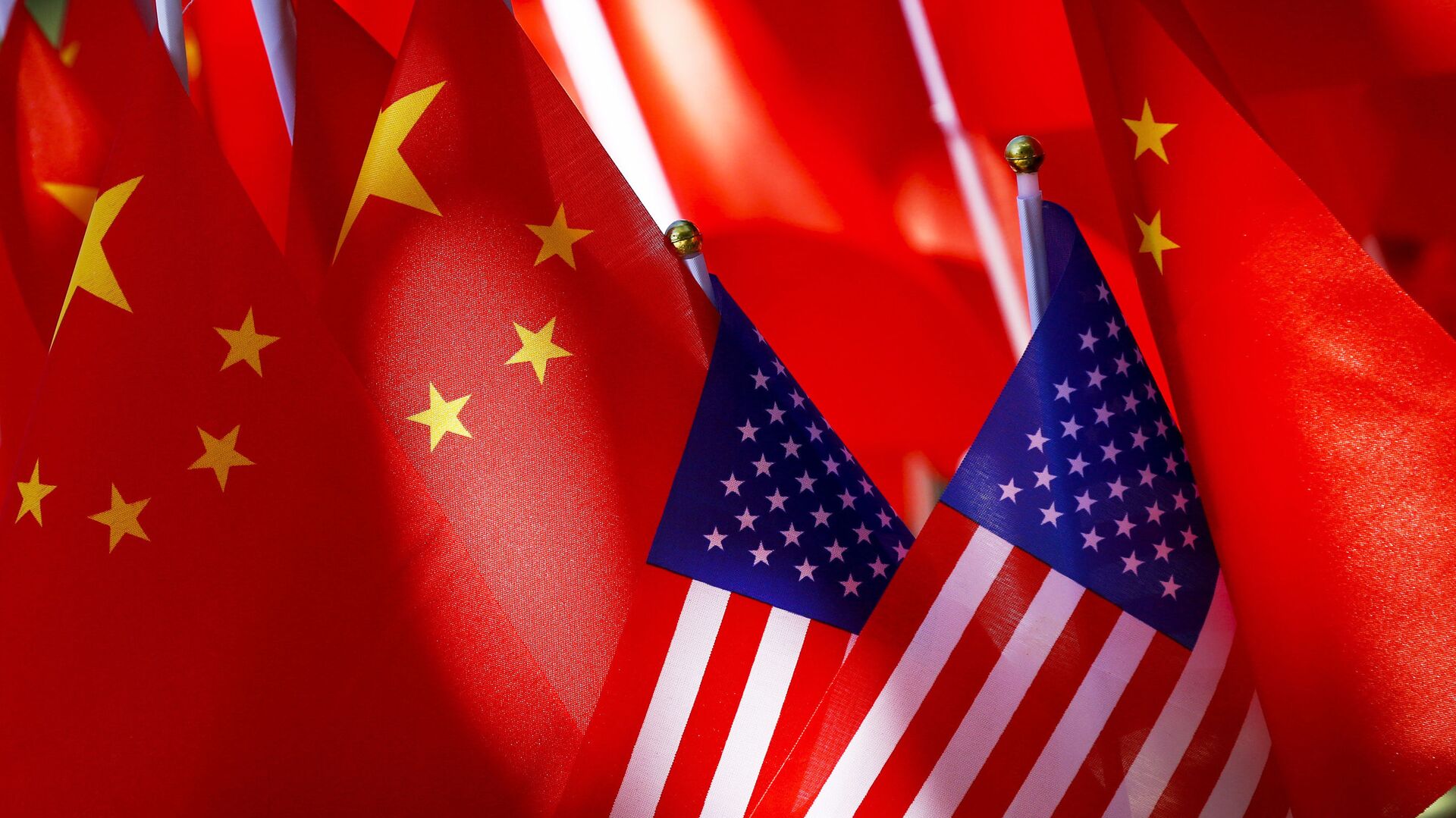
© AP Photo / Andy Wong
Subscribe
Longread
The People’s Republic of China (PRC) has threatened strong measures in response to a potential visit by US House Speaker Nancy Pelosi (D-CA) to the island of Taiwan. Pelosi, with Republican backing but opposing the White House, has insisted that being deterred from going would be undemocratic.
"One who plays with fire will certainly burn himself” - that’s how Chinese President Xi Jinping warned US President Joe Biden on Thursday about the consequences of Pelosi going to Taiwan and, by extension, Washington’s policy of increasing support for the Taiwanese government.
Chinese Foreign Ministry spokesperson Zhao Lijian was a bit more verbose earlier this week, telling reporters that if Pelosi visits Taiwan as part of her Asia tour, “We are fully prepared. If the US goes its own way, China will certainly take firm and forceful measures to safeguard its national sovereignty and territorial integrity, and the United States should be held responsible for any serious consequences.”
So why does China care so much if a US politician visits an island off its coast? The answer lay in a civil war fought nearly three-quarters of a century ago.
Republic Rump State
Taiwan was first annexed to the Qing Empire in 1683 by the Kangxi Emperor as part of an effort to crush resistance forces left over from the Ming Dynasty. However, in 1895, the Japanese Empire invaded and conquered Taiwan during the First Sino-Japanese War, forcing the Guangxu Emperor to cede control of the island. Japan turned Taiwan into a colony for producing sugar cane and brutally crushed anti-colonial revolts. At the end of World War II, the victorious Allies returned Taiwan to Chinese control, along with other parts of the country Tokyo had seized.
On the mainland, the imperial government had since fallen, following a mass democratic movement that forced the Xuantong Emperor, Puyi, to abdicate the throne in 1912. The Republic of China was declared, but the new government struggled to maintain control over the far-flung empire and was still at the mercy of imperialist powers like Japan, the US, and UK, inheriting the unequal treaties imposed on the empire. Warlordism by self-interested governors and generals gave way to a rising communist movement, which temporarily joined forces with the Republican government to resist the Japanese invasion.
After the war, the final reckoning between the two sides saw the communist Red Army conquer the entirety of mainland China and found a new People’s Republic of China in Beijing on October 1, 1949.
According to Chinese revolutionary leader Mao Zedong, on that day, China “stood up” and put the so-called “Century of Humiliation,” when China was subservient to foreign powers, behind it.
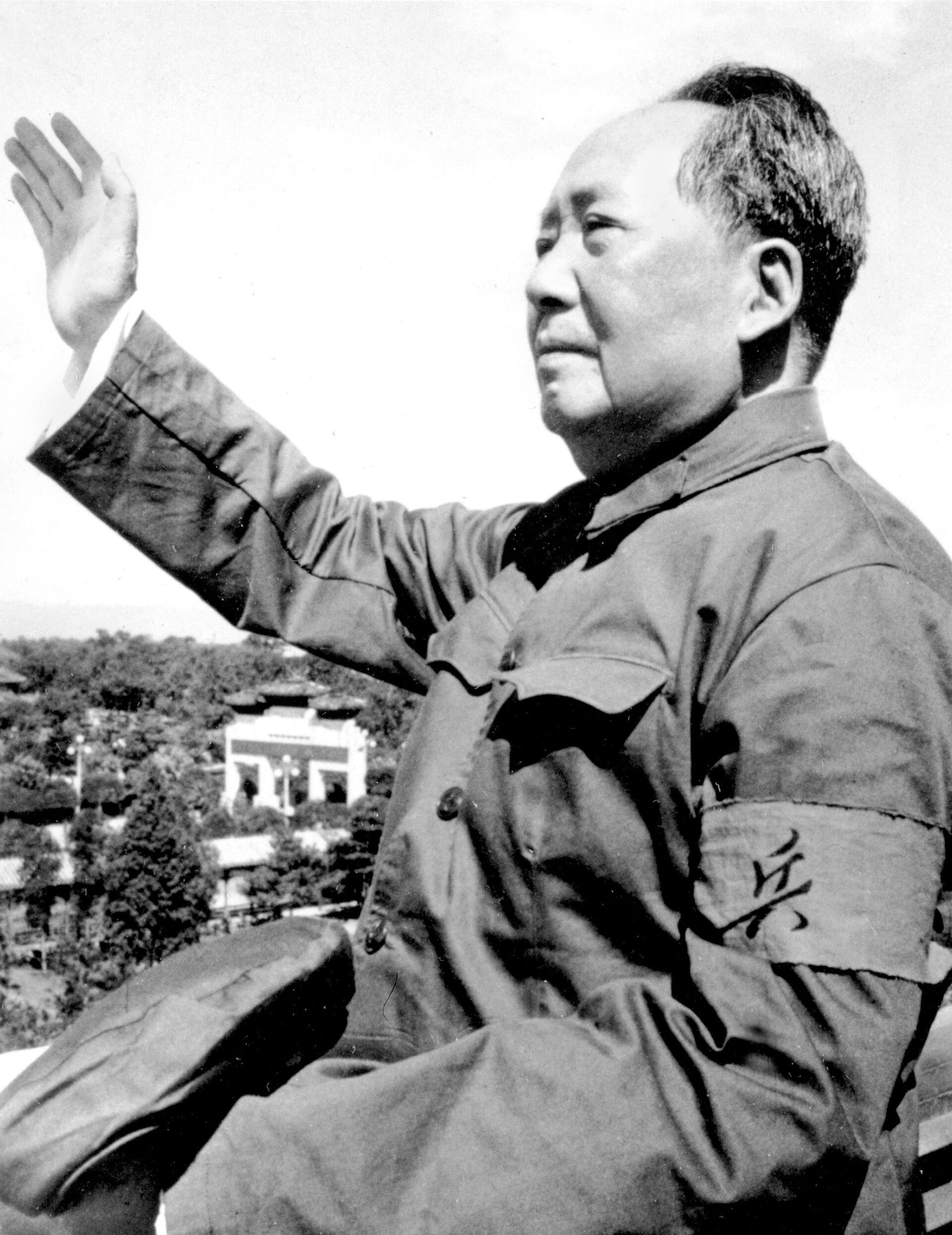
FILE - In this file photo taken in 1966, Mao Zedong waves at the beginning of China's Cultural Revolution. On May 16, 1966, the Communist Party's Politburo produced a document announcing the start of what was formally known as the Great Proletarian Cultural Revolution to pursue class warfare and enlist the population in mass political movements.
© AP Photo / File
However, the Red Army lacked a navy capable of crossing the Taiwan Strait, an 80-mile-wide waterway separating Taiwan from Fujian and Guangdong provinces on the mainland. With the Cold War becoming more intense and a war between the competing socialist and capitalist governments in nearby Korea on the horizon, the United States continued to support and defend the Republic of China government in Taiwan, including sending the US Seventh Fleet into the Taiwan Strait in 1950.
The RoC government has claimed ever since that it remains the sole legitimate government of all of China, and refuses to have relations with countries that recognize the PRC instead; Beijing has an identical policy, but in reverse.
After losing the mainland, the RoC government in Taipei instituted martial law, and a military dictatorship ruled the island until 1996, when the first democratic elections were held. A “white terror” saw thousands arrested, tortured, or executed for organizing against military rule or on suspicions of sympathizing with the socialist government.
Three Communiqués
After the PRC and the Soviet Union split into rival communist factions in the early 1960s, the US acquired new interest in befriending Beijing, since Washington perceived the primary threat to the capitalist world to be the Soviet Red Army and its Warsaw Pact allies in Europe. Beginning with a secret trip into China in 1971 by then-US national security adviser Henry Kissinger to meet with Chinese Premier Zhou Enlai, Beijing and Washington slowly grew closer. Then-US President Richard Nixon publicly visited China the following year and signed the Shanghai Communiqué.
In that highly important document, the US said it “acknowledges that all Chinese on either side of the Taiwan Strait maintain there is but one China and that Taiwan is a part of China.”
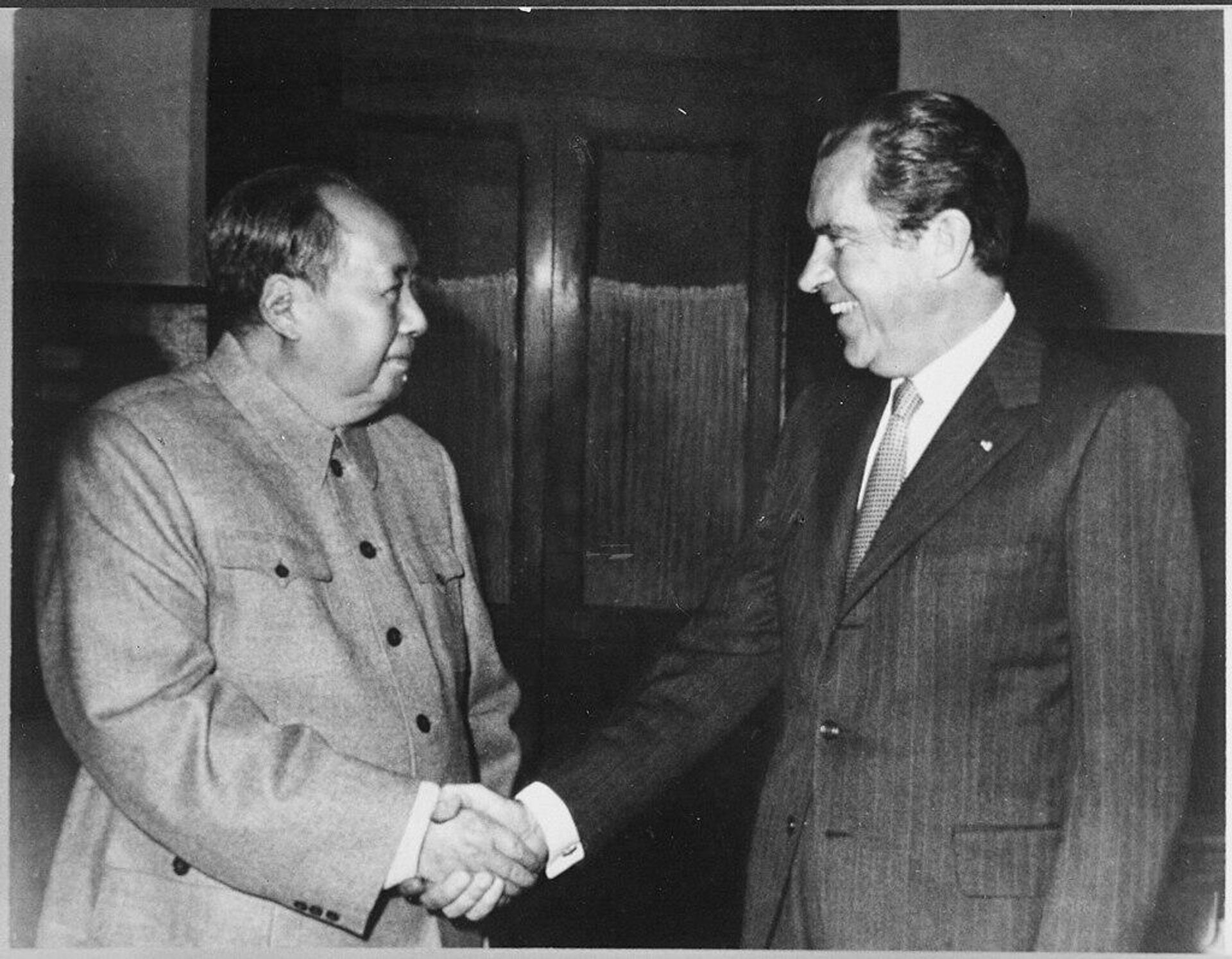
Chinese leader Mao Zedong and US President Richard Nixon shake hands in Beijing on February 21, 1972
“The United States Government does not challenge that position. It reaffirms its interest in a peaceful settlement of the Taiwan question by the Chinese themselves,” the communiqué says. The two nations notably published their statements separately instead of jointly, at Zhou’s insistence.
Two more communiqués followed, in 1979 and 1982, with the US formally switching its recognition of the legitimate Chinese government from Taipei to Beijing in 1979. In the August 17, 1982, communiqué, the US stated it has “no intention of infringing on Chinese sovereignty and territorial integrity, or interfering in China's internal affairs, or pursuing a policy of ‘two Chinas’ or ‘one China, one Taiwan.’”
Washington also said in the 1982 communiqué that it “does not seek to carry out a long-term policy of arms sales to Taiwan, that its arms sales to Taiwan will not exceed, either in qualitative or in quantitative terms, the level of those supplied in recent years since the establishment of diplomatic relations between the United States and China, and that it intends gradually to reduce its sale of arms to Taiwan, leading, over a period of time, to a final resolution."
“In order to bring about, over a period of time, a final settlement of the question of United States arms sales to Taiwan, which is an issue rooted in history, the two Governments will make every effort to adopt measures and create conditions conducive to the thorough settlement of this issue,” the document also stated.
Taiwan Relations Act, Six Assurances
Parallel to the US’ agreements with the PRC, the US also passed a new Taiwan Relations Act in 1979 and issued Six Assurances in 1982. While the US had officially ended diplomatic relations with the government and abrogated the 1955 Sino-American Mutual Defense Treaty that obligated it to defend Taiwan, it created a new, informal means of relations.
The act refers to "governing authorities on Taiwan,” but also refers to Taiwan as a political entity that includes outlying islands under Taipei’s control. It allowed the establishment of an American Institute in Taiwan (AIT) to serve as a de facto embassy and a similar office in Washington, DC, today known as the Taipei Economic and Cultural Representative Office (TECRO).
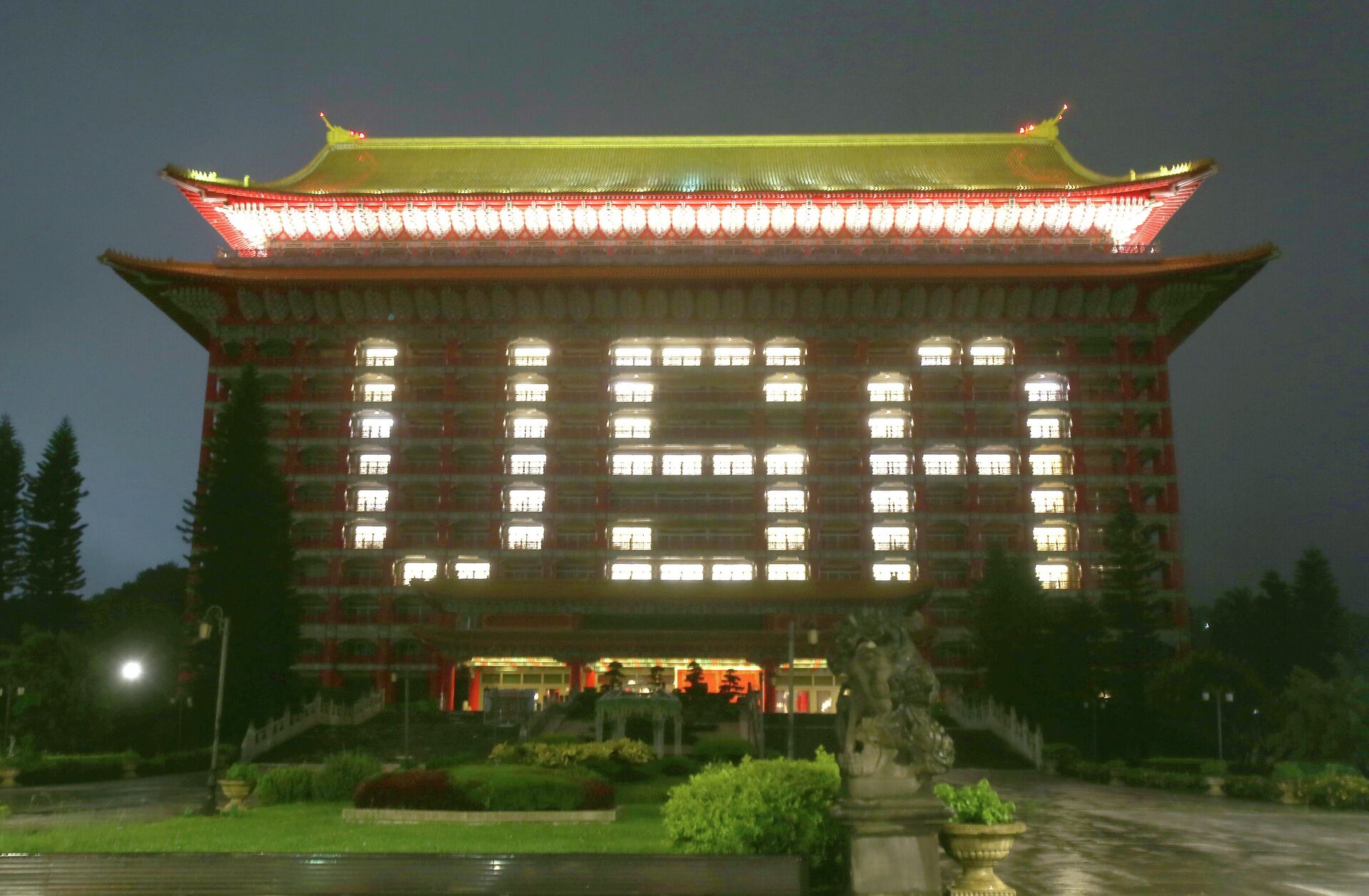
''USA'' is formed by lighting on the Taipei Grand Hotel, to thank the U.S. who will give Taiwan 750,000 doses of COVID-19 vaccine after the COVID-19 alert rose to level 3 , in Taipei, Taiwan, Sunday, June 6, 2021. Taiwan is desperate for vaccines after a sudden outbreak that started in late April caught authorities by surprise
© AP Photo / Chiang Ying-ying
Notably, the act does not state the US will come to Taiwan’s defense, but does promise the US “will make available to Taiwan such defense articles and defense services in such quantity as may be necessary to enable Taiwan to maintain sufficient self-defense capabilities."
The Six Assurances, given to Taiwan after the August 17 communiqué with the PRC, include pledges not to set a specific date for weapons sales to end and not to interfere or serve as intermediaries between Taipei and Beijing, and that the US will not pressure Taipei to open its own negotiations. The US also pledged not to revise the Taiwan Relations Act.
Strategic Ambiguity
While the mutual defense treaty is gone, Washington has been deliberately vague about whether or not it would actually defend Taiwan in the event of a Chinese attack. The policy is two-pronged: it has kept Taiwan from feeling it has the blank check of US military backing to safely declare independence from China, and it has kept the PRC from feeling it has the blank check of US acquiescence to reuniting Taiwan with the mainland via force, as has happened to other outlier parts of the RoC that survived past 1949, such as Tibet and Hainan.
However, there have been several disruptions to this balance, owing to the popular belief in the United States that Taiwan is an independent country, a US ally, and worth fighting China over. While several recent trips to Taiwan by former US politicians have led to statements that the “One China” policy is dead or should be allowed to die, it’s likely that when it comes to Pelosi’s rumored forthcoming trip, Beijing has a far more serious infraction in mind.
The last time someone of such high rank in the US government traveled to Taiwan was 25 years ago, when then-House Speaker Newt Gingrich (R-GA) flew there in 1997. On that trip, Gingrich met with then-Taiwanese President Lee Teng-hui and said to China: “We want you to understand, we will defend Taiwan. Period.''
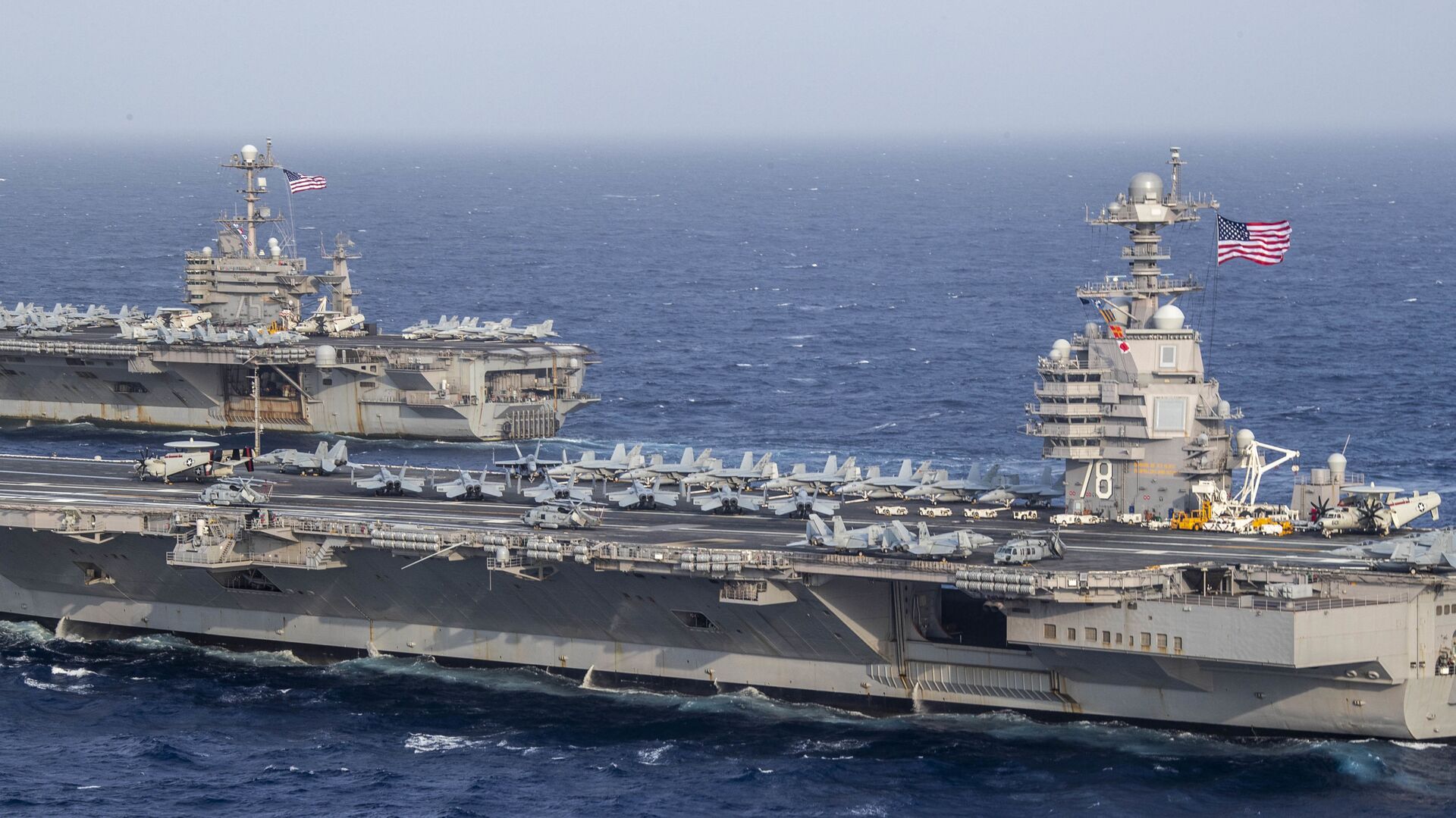
The Ford-class aircraft carrier USS Gerald R. Ford (CVN 78) and the Nimitz-class aircraft carrier USS Harry S. Truman (CVN 75) transit the Atlantic Ocean June 4, 2020
Gingrich in Taipei
In 1997, China was preparing for a major political triumph: the reincorporation of Hong Kong into the country, which had been a British colony since it was seized as a war prize in 1840. It also came on the heels of the 1995-1996 Taiwan Strait Crisis, which began when Lee was granted a visa to visit the United States and China responded with missile and amphibious assault drills near Taiwan.
In response, the US dispatched two carrier battle groups and an amphibious assault ship - another type of aircraft carrier - and numerous US warships that sailed through the Taiwan Strait, flouting Chinese warnings against it.
The situation was embarrassing for Beijing, since it was forced to back down, and the crisis gave Lee a boost in the polls and a political victory by winning a narrow majority in Taiwan’s first democratic elections in 1996. However, it also led the Chinese People’s Liberation Army to acquire and design a host of new weapons and warships that would be capable of taking on the advanced US fleet, including long-range anti-ship missiles designed to keep US aircraft carriers far from Chinese shores.
Beijing has warned the US in recent years that the dramatic increase in weapons sales to Taiwan, combined with renewed efforts to give it political cover on the international stage, are empowering pro-independence forces on the island, including President Tsai Ing-wen’s Democratic Progressive Party.
If Taiwan does declare independence, it will certainly mean war.


